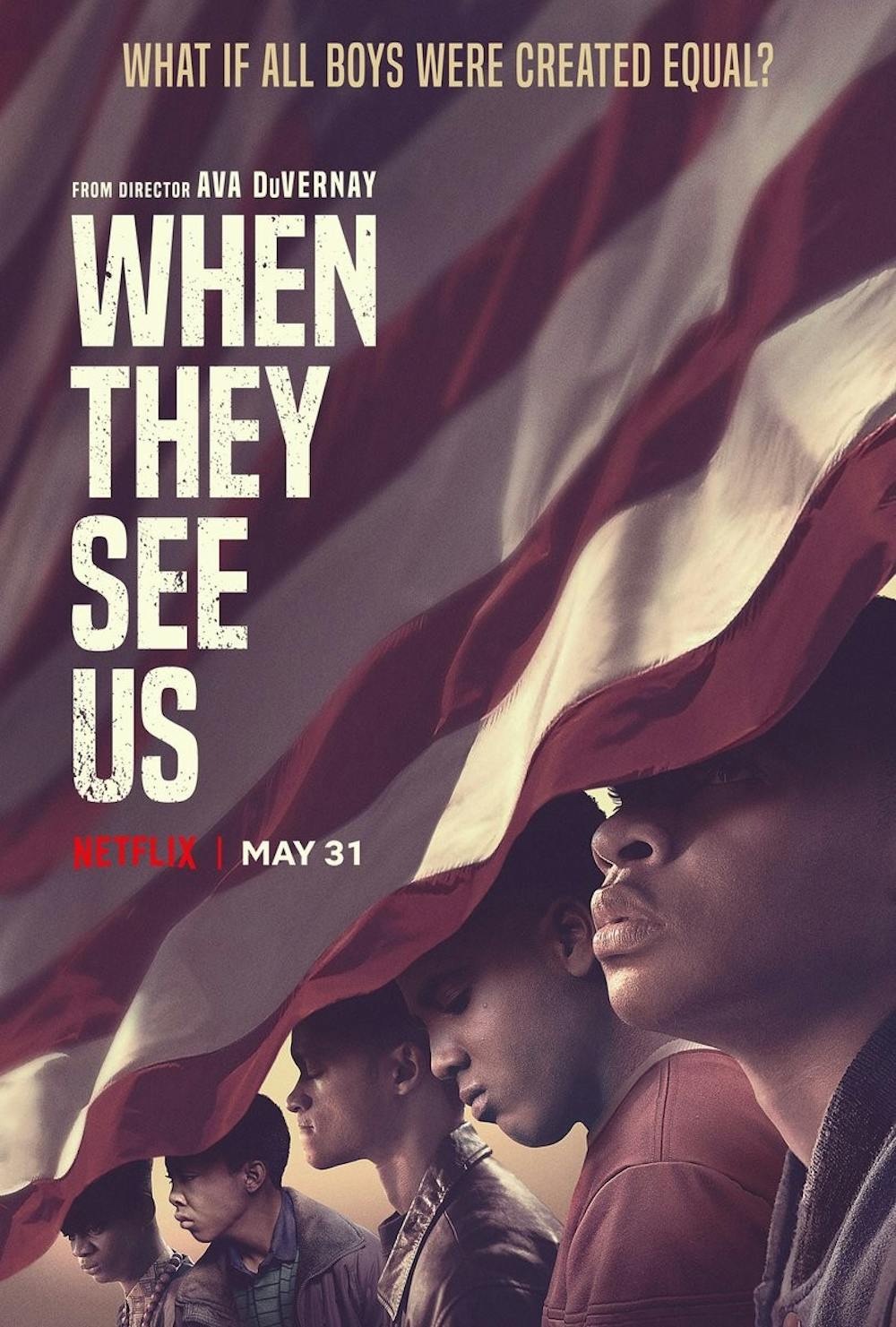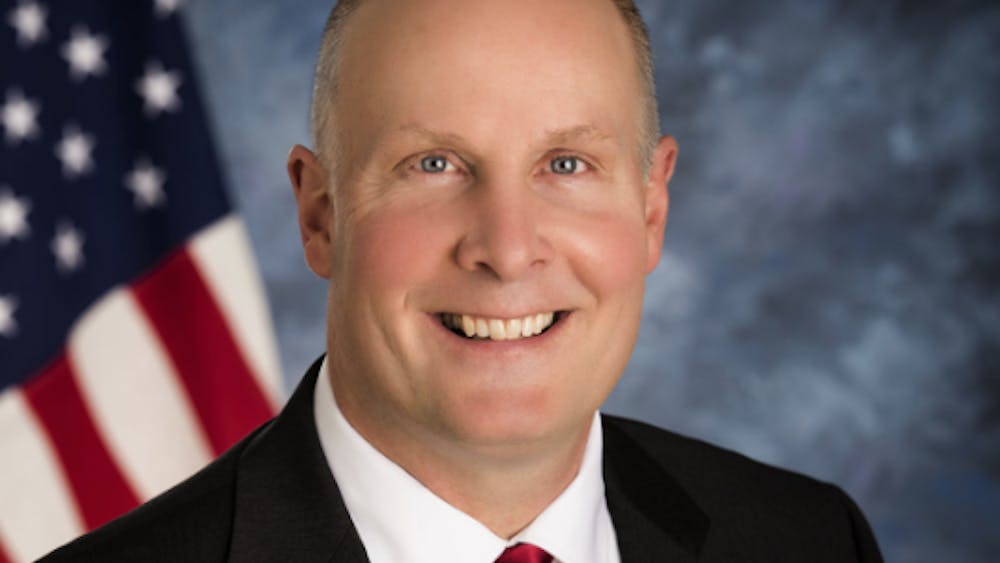COLUMN: Why you should watch "When They See Us"
A month ago, the Exonerated Five were unfamiliar to me. Now, Raymond Santana, Kevin Richardson, Antron McCray, Yusef Salaam and Korey Wise are five names I cannot forget.
Some people recognize their story as the “Central Park Five Case” or “Central Park Jogger Case”.
For Black History Month, the Office of Multicultural Academic Student Services hosted weekly viewings of the four-part mini-series, “When They See Us,” a retelling of the Central Park Five Case.
The mini series colors the black and white lines drawn by police and media, and breathes life into the story of the Exonerated Five who never got the justice they deserved in 1989.
It’s a story of American history.
On April 19th, 1989, a white jogger was raped and nearly killed in Central Park. Following the assault, the five boys aged 14-16 were accused and abused by the police, coerced into false confessions and would soon become victims of a relentlessly racist court case.
Despite no physical evidence connecting them to the crime, racism and public fear were enough to convince the jury that the Black and Latinx teenagers were guilty. They were incarcerated for six to 12 years each and were finally exonerated when serial rapist Matias Reyes confessed to the crime in 2002.
Freshman Shreya Abraham said she didn’t know all of the details of the case before viewing the film. Now, she encourages others to watch and learn from “When They See Us”.
“I feel like a lot of us have had the privilege of not knowing,” she said. “People should definitely watch this series so they can understand, and have a better glimpse into what the world is actually like.”
The beginning of the series briefly depicts their lives before the conviction - boys who would hang out with their friends and go on dates. I did the same things when I was 15, but the Exonerated Five never got the chance to have the childhood I did.
They were never given a fair chance to prove their innocence.
To be falsely framed and convicted, to be failed by the justice system, to be thrown back into “normal life” after growing up in the system: these are all real-life obstacles that I could not even consider before watching “When They See Us”.
As a journalism major, it was important for me to see how inaccurate media reporting propelled their false conviction. Headlines describe the boys as a “Wolf Pack”.
Donald Trump took out full page ads in New York newspapers wanting to bring back the death penalty following the case.
Words can be weapons, and the media can have a major influence over the public view. There is power in a punchy headline and a terrifying one-sided story.
Salaam said after their exoneration, there was no “tsunami of media” like the one that had emerged when the world thought they were guilty.
“The criminal justice system says that you’re innocent until proven guilty,” Salaam said. “But if you’re Black or brown, you are guilty and have to prove yourself innocent. And I think that is the difference, that two Americas that is often talked about.”
“When They See Us” demonstrates the dangers of inaccurate media, but the mini-series itself is an example of how media can be used for good. It amplifies the voices of those who were never heard and retells the true story of the Exonerated Five, who have all been impacted differently by their experience.
The series is eye-opening and at times difficult to watch, but it provides a much-needed glimpse into the racist history of false convictions in America. If you have a Netflix subscription, I highly recommend taking time to watch and reflect on “When They See Us”.
“It's something that we could use to grow,” sophomore Ajibola Adijun said. “It's something that we shouldn't forget, something that we should keep reminding ourselves.”




